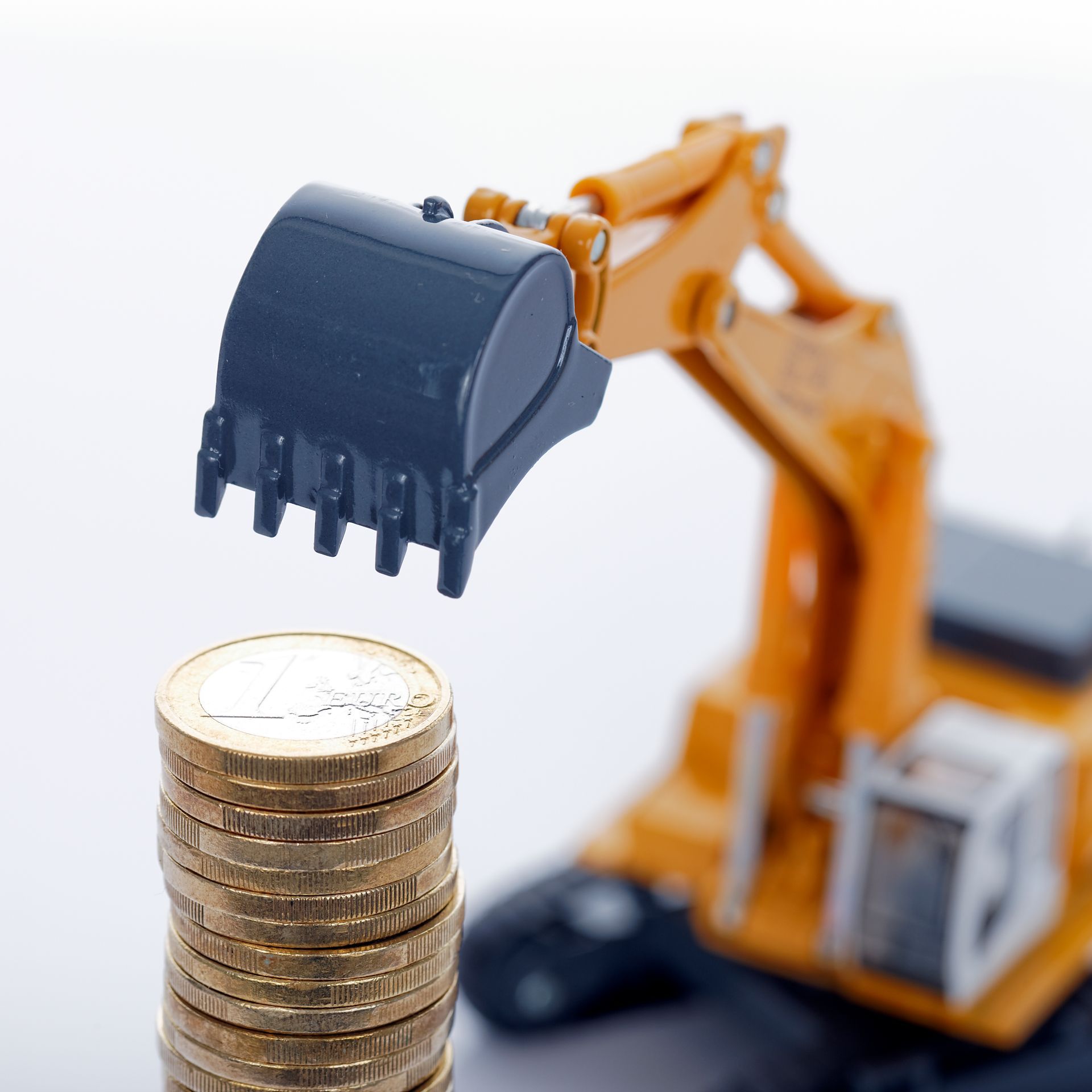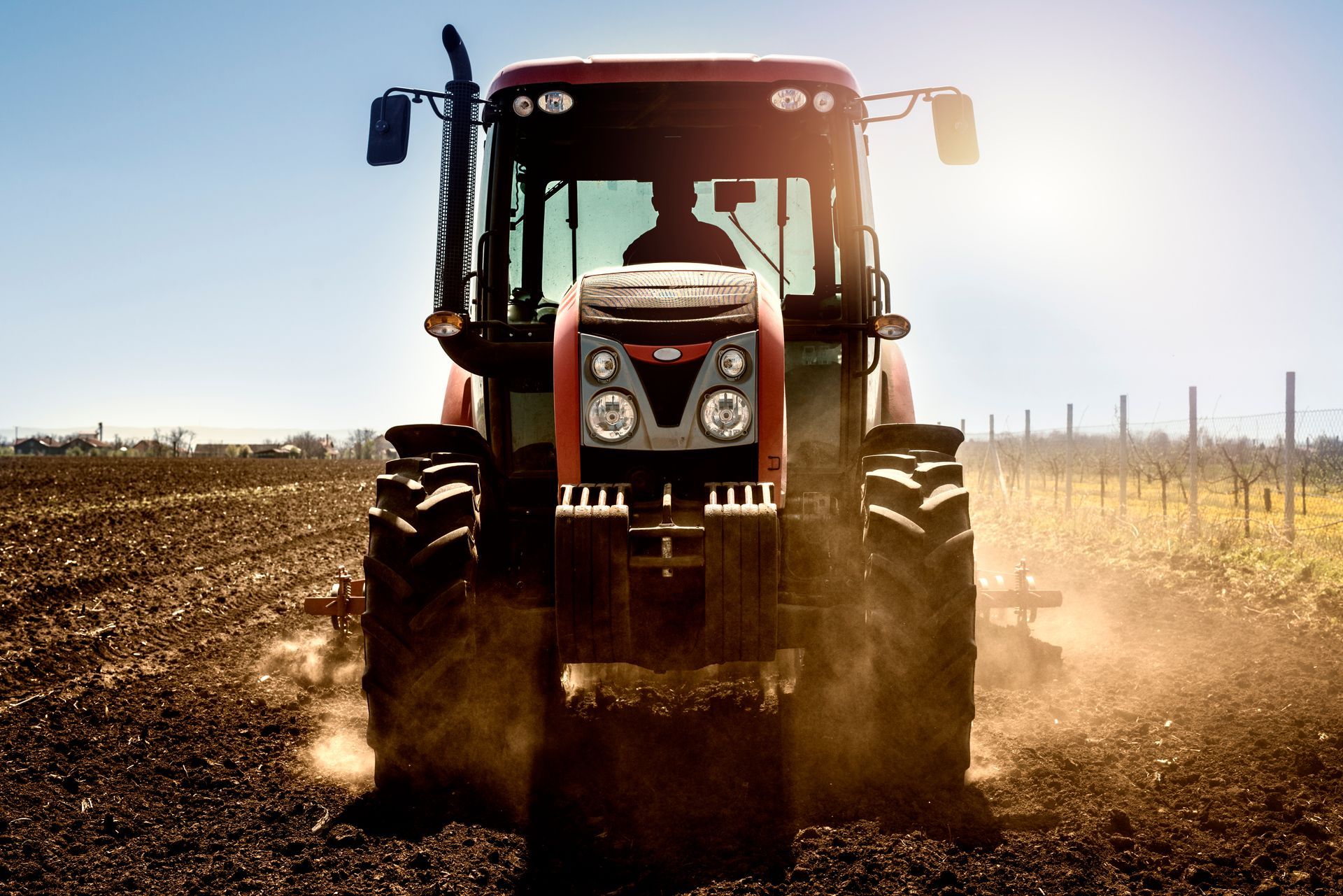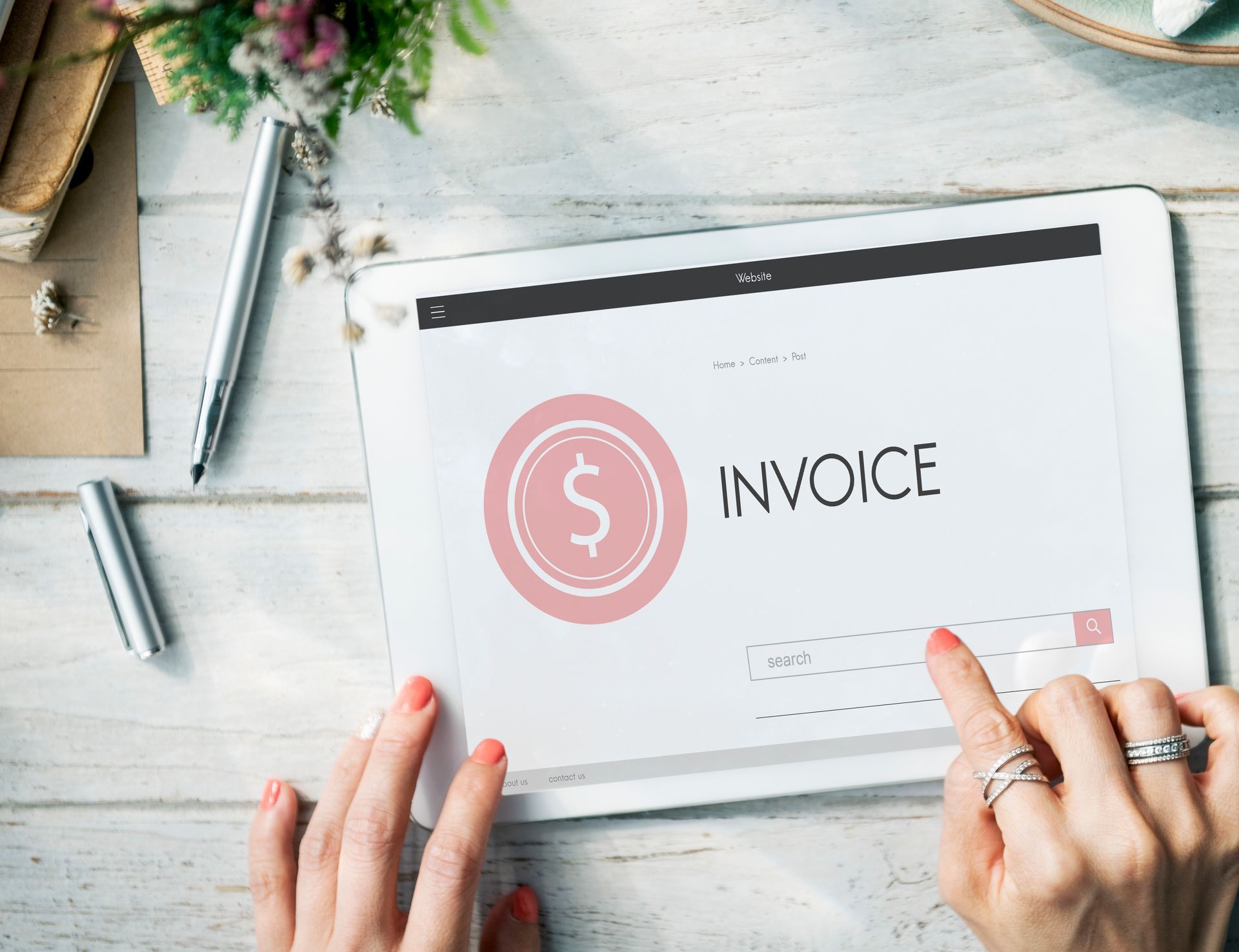Construction Equipment Finance: Build Your Business Without Breaking the Bank
The construction industry is capital-intensive, with heavy machinery and equipment forming the backbone of any successful operation. Whether you are a small contractor or a large construction firm, acquiring and upgrading equipment is essential to maintaining efficiency, meeting project deadlines, and staying competitive. However, the cost of construction equipment can be daunting, making financing a strategic necessity rather than a luxury.
This article explores the various financing options available for construction businesses looking to acquire or upgrade heavy equipment. We will break down the pros and cons of different finance structures, discuss how to manage deposit requirements, and provide insights on maintaining working capital while investing in essential machinery.
Understanding Construction Equipment Finance Options
Financing construction equipment allows businesses to acquire necessary machinery without making large upfront payments. Several financing options cater to different business needs and financial situations.
1. Equipment Loans
Equipment loans are a popular option for businesses looking to purchase machinery outright while spreading the cost over time. The loan is secured against the equipment, meaning the lender can repossess it if repayments are not met.
Pros:
- Ownership of the equipment once the loan is repaid.
- Fixed repayments make budgeting easier.
- Interest payments may be tax-deductible.
- Can be structured to match cash flow and seasonal income variations.
Cons:
- Requires an upfront deposit, typically 10-30% of the equipment cost.
- Interest rates may be higher for businesses with limited credit history.
- Depreciation of the equipment over time may reduce resale value.
2. Chattel Mortgage
A chattel mortgage is similar to an equipment loan, where the lender provides funds to purchase the equipment, and the borrower takes ownership immediately. The lender holds a mortgage over the asset until the loan is repaid.
Pros:
- Immediate ownership of the asset.
- Flexible repayment terms.
- Tax advantages, as depreciation and interest expenses are deductible.
- The ability to finance the GST component separately to improve cash flow.
Cons:
- A deposit may be required.
- The borrower carries the depreciation risk.
- Potential impact on the business’s balance sheet.
3. Finance Lease
A finance lease allows businesses to use the equipment for an agreed term while making regular lease payments. At the end of the lease period, the business may have the option to purchase the equipment at a residual value.
Pros:
- No large upfront payment required.
- Monthly payments are predictable and may be tax-deductible.
- Equipment can be upgraded at the end of the lease term.
Cons:
- The business does not own the equipment during the lease term.
- Total cost over time may be higher than purchasing outright.
- Early termination fees can be significant.

4. Operating Lease (Rental Finance)
An operating lease allows businesses to rent equipment for a fixed period, returning it at the end of the lease term without the option to buy.
Pros:
- No ownership responsibility, making it ideal for businesses needing equipment for short-term projects.
- Lease payments are tax-deductible.
- Maintenance and servicing are often included in the agreement.
Cons:
- The business does not build equity in the equipment.
- Long-term leasing can be more expensive than buying.
- Limited flexibility in modifying or customising equipment.
5. Hire Purchase
A hire purchase agreement allows businesses to acquire equipment through instalments while using the equipment during the repayment period. Ownership transfers to the business once all payments are made.
Pros:
- No large upfront cost.
- Ownership at the end of the term.
- Tax benefits as interest and depreciation can be claimed.
Cons:
- Higher total cost due to interest payments.
- The business is responsible for maintenance and repairs.
- Missed payments can lead to repossession.
Managing Deposit Requirements and Working Capital
For many construction businesses, managing deposits and maintaining cash flow are critical considerations when financing equipment. Here are some strategies to optimise financial health while acquiring essential machinery:
1. Consider No-Deposit Financing Options
Some lenders offer no-deposit finance options, allowing businesses to acquire equipment without an upfront payment. While this can be advantageous for preserving working capital, it is essential to evaluate the trade-off in terms of higher interest rates or extended loan terms.
2. Use a Balloon Payment Structure
A balloon payment involves making smaller monthly payments with a larger lump sum due at the end of the loan term. This can ease immediate cash flow pressure while allowing businesses time to build reserves for the final payment.
3. Align Repayments with Project Cash Flow
Construction businesses often have seasonal or project-based income. Structuring repayments to align with revenue cycles can prevent cash flow disruptions. Some lenders offer tailored solutions, such as quarterly or seasonal payments.
4. Leverage Tax Deductions and Incentives
Utilising government tax incentives, such as the Instant Asset Write-Off or Temporary Full Expensing, can significantly reduce the net cost of acquiring equipment. Consulting a financial adviser can help ensure you maximise these benefits.
5. Opt for Used or Refurbished Equipment
For businesses looking to minimise capital expenditure, purchasing quality used or refurbished equipment can be a cost-effective alternative to brand-new machinery. Many financing options extend to second-hand equipment, allowing businesses to secure reliable assets at lower prices.
Choosing the Right Finance Option for Your Business
Selecting the best finance structure depends on several factors, including business size, cash flow, tax implications, and long-term equipment needs. Here are some key considerations to guide your decision:
- Need for Ownership: If owning the equipment is crucial, an equipment loan, chattel mortgage, or hire purchase may be the best options.
- Cash Flow Flexibility: For businesses needing to preserve cash flow, leasing or no-deposit financing may be preferable.
- Short-Term vs. Long-Term Use: For short-term projects, rental finance or operating leases offer flexibility without long-term financial commitment.
- Tax Efficiency: Understanding how different finance options impact tax deductions and GST obligations can influence the final decision.
Construction equipment finance is a strategic tool that enables businesses to acquire essential machinery without straining capital reserves. By carefully considering financing structures, managing deposit requirements, and optimising working capital, businesses can invest in growth while maintaining financial stability.
Working with a specialised finance broker can simplify the process, ensuring businesses secure the best loan terms and repayment structures tailored to their needs. If you're looking to upgrade or acquire construction equipment, exploring the right finance options will help build your business—without breaking the bank.
For expert advice on construction equipment finance, get in touch with our team today and let us help you find the perfect solution for your business needs.
Let’s talk!

All Rights Reserved | Business Growth Finance Pty Ltd



